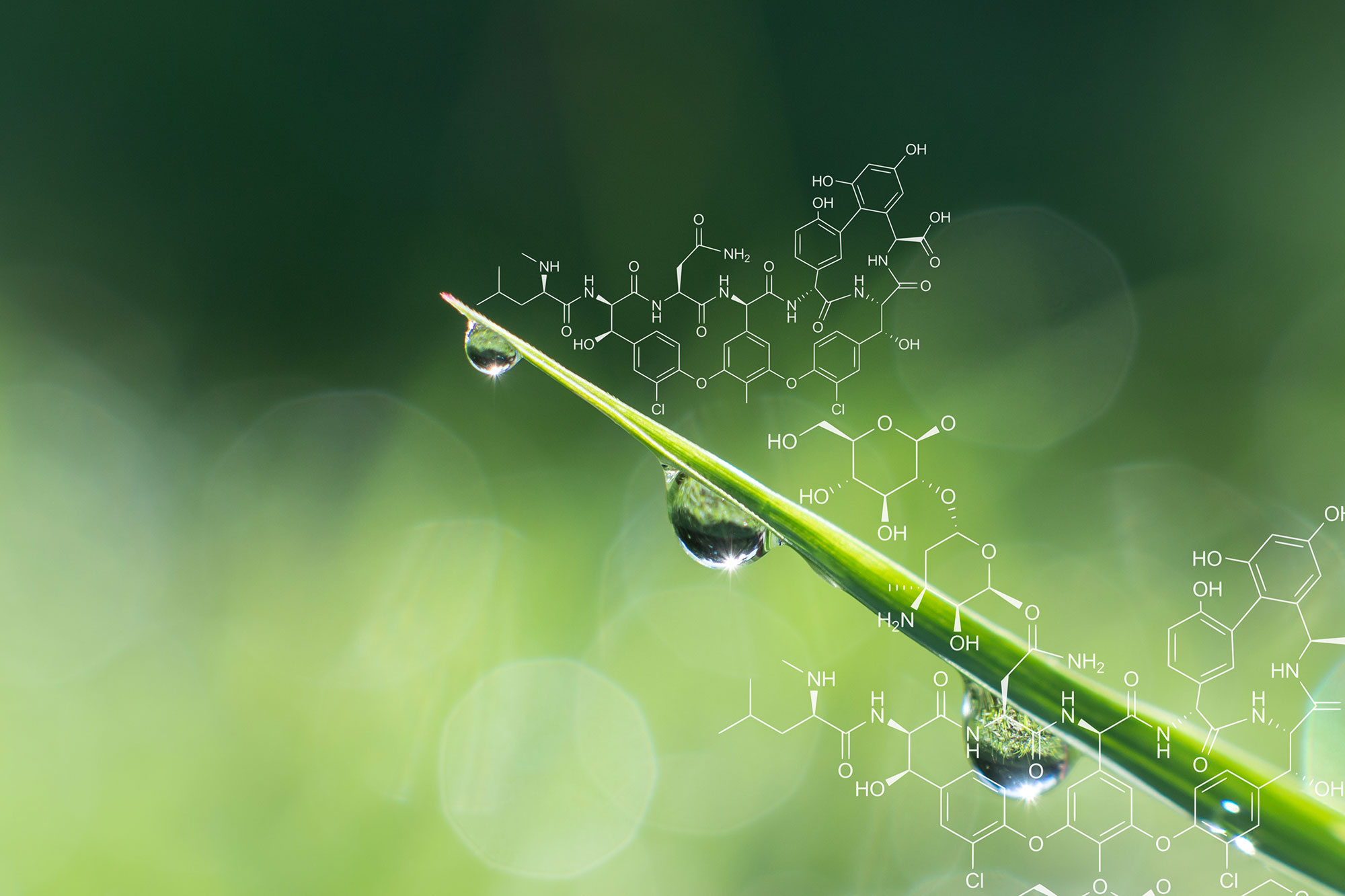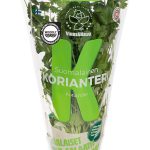Growth Rate of Bio-Based Polymers
News- The new market and trend report “Bio-based Building Blocks and Polymers – Global Capacities, Production and Trends 2020–2025” from the international nova biopolymer expert group shows capacities and production data for all bio-based polymers in the year 2020 and a forecast for 2025
In 2020, the total production volume of bio-based polymers was 4.2 million tones, which is 1 % of the total production volume of fossil-based polymers. For the first time in many years, the CAGR is, with 8 %, significantly higher than the overall growth of polymers (3–4 %) – this is expected to continue until 2025
The increase in production capacity of bio-based polymers from 2019 to 2020 is mainly based on the expansion of polylactic acid (PLA) and poly (butylene adipate-co-terephthalate) (PBAT) production in Asia and the worldwide epoxy resin production. Also, increased and new production capacities for polybutylene succinate and copolymers (PBS(X)) and bio-based polyethylene (PE) and polyurethanes (PUR) were reported in 2020
Overall, the global land requirement for bio-based polymers is only 0.006 % of the global agricultural land. The major biomass feedstock used for bio-based polymer production is glycerol as a biogenic by-product. The utilized biomass also comprises 24 % starch and 16 % sugars, both feedstocks are derived from high-yielding crops, such as maize, sugar beet or sugar cane. 12 % of the biomass are from non-edible plant oil, such as castor oil, 9 % from cellulose and 2 % from edible plant oil
2/1/2021
Ref: www.bioplasticsmagazine.com
This post is also available in: Persian




Leave a Reply
Want to join the discussion?Feel free to contribute!